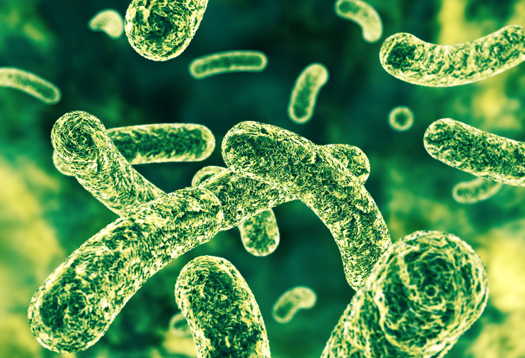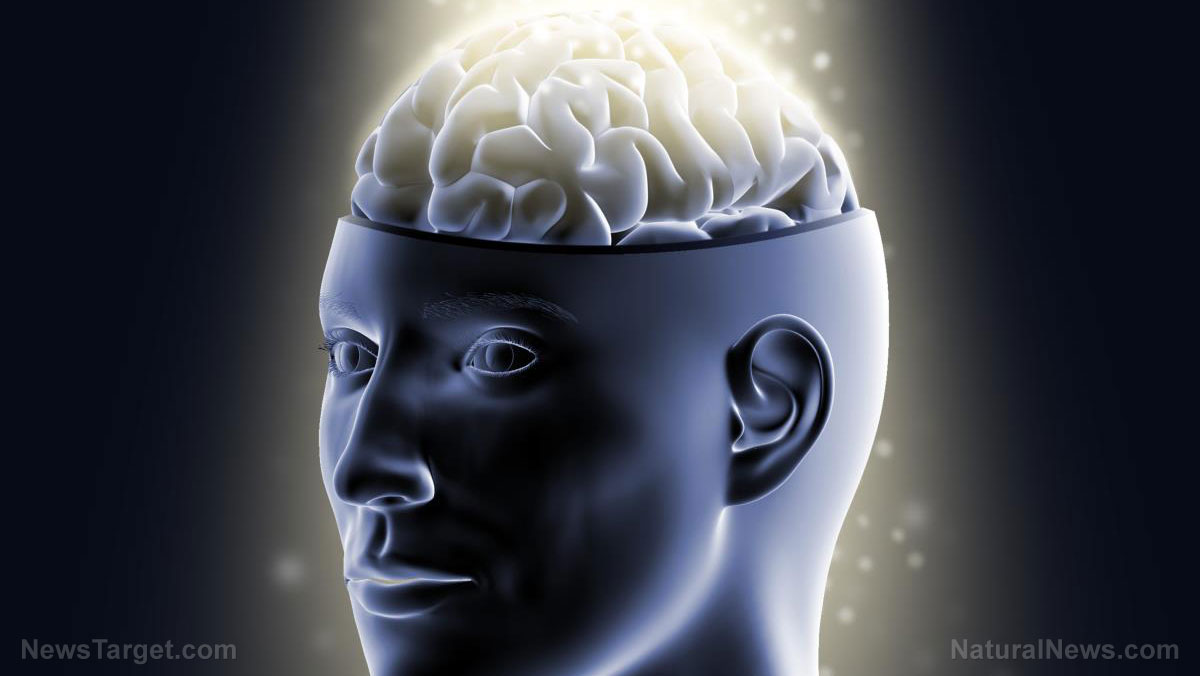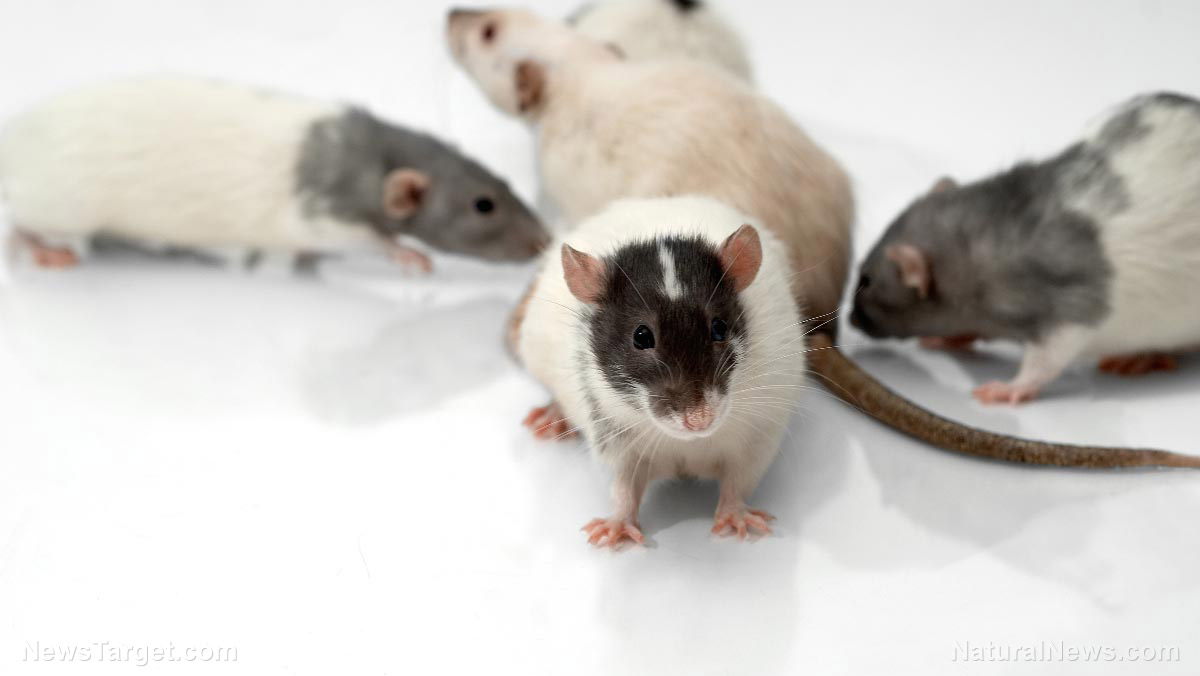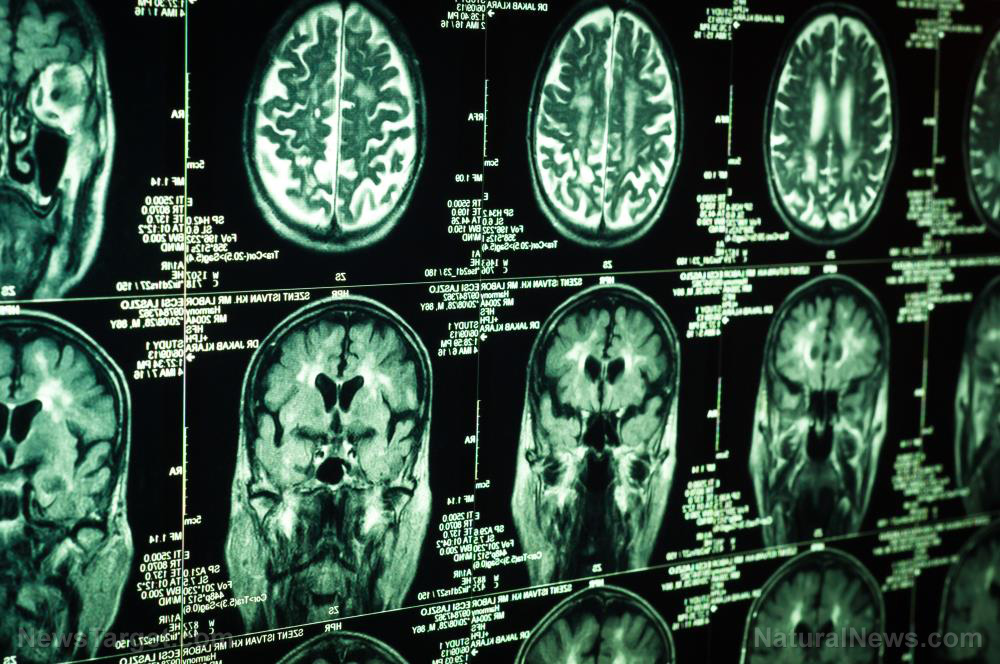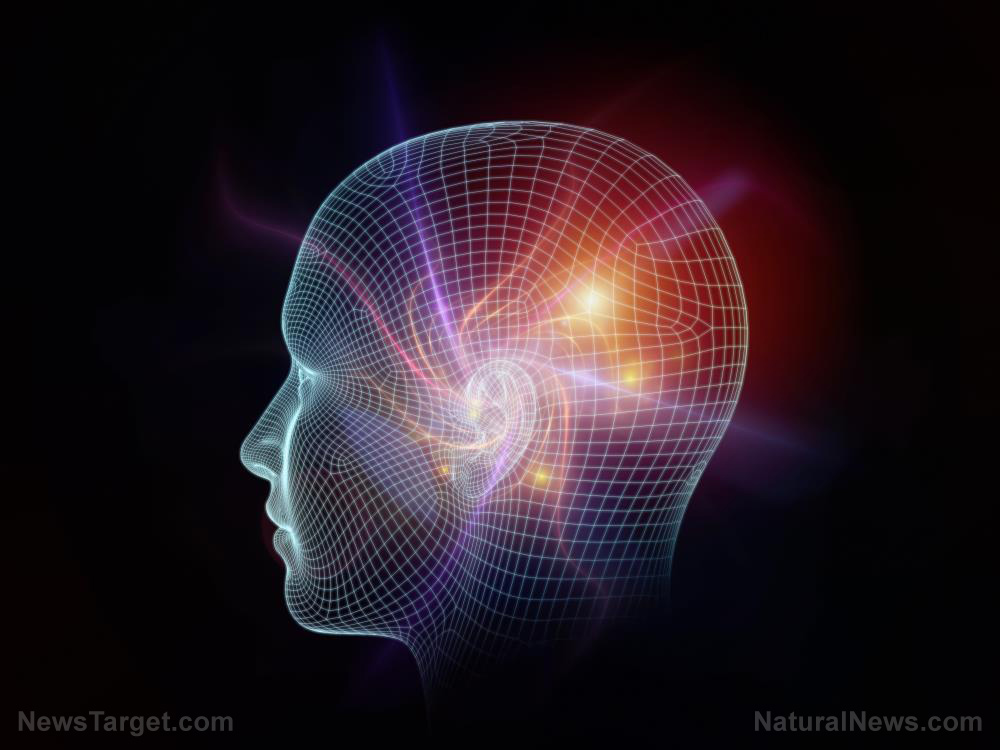“Mind-reading” neurons allow us to simulate the thought process of another person
11/27/2019 / By Edsel Cook

Humans pick up much of what they know by observing other people doing it. This observational learning approach relies on “mind-reading” brain cells that simulate whatever is going on in the mind of the person performing the task.
A University of Cambridge research team found the specialized neurons in the amygdala of the brain of monkeys. The brain cells reproduced the thought process of a member of the social group that a monkey had previously observed while performing a task.
Understanding the functions of these mind-reading neurons may help researchers improve their grasp of the “theory of mind.” Furthermore, the brain cells may contribute to the study and treatment of patients with autism and other mental health disorders that hamper their ability to socialize with other people.
“Our data suggest there could be two separate decision systems in the primate amygdala, one decision system for computing your own decisions and then a separate system for computing decisions of social partners,” explained Cambridge researcher Fabian Grabenhorst. (Related: Mind over matter: How the brain says “no” to overeating.)
“Simulations” brain cells predict the actions of other people based on earlier observations
Studies have linked the amygdala with emotions. This part of the brain manages fear conditioning, threat stimuli, and emotion recognition.
In 2012, Grabenhorst’s team found “decision neurons” in the amygdala. These brain cells participated in mental processes that made choices based on rewards. They checked each option before picking the most rewarding one.
The Cambridge researchers decided to investigate the possible connections between decision-making and social observation. They studied rhesus macaques since the brains and social behavior of these Old World monkeys bore considerable resemblance to those of humans.
Their experiment placed two monkeys on opposite sides with a horizontal touchscreen dividing them. The screen displayed vivid abstract images, and each picture had a different chance of rewarding the animals with their favorite juice treat.
Each monkey got its own set of images. The pair took turns in choosing the pictures.
“The monkeys had to learn by trial and error which picture would give them more reward over time,” explained Grabenhorst. “They could observe each other, and they could observe each other’s choices and learn from each other’s choices.”
A microelectrode registered the electrical activity of neurons in the amygdala of one of the monkeys. It tracked the neural activity of the animal during the times that it picked the picture. The sensor also observed the periods when the monkey watched what its partner selected.
The brain has two ways of making decisions
Grabenhorst reported that the decision neurons assigned a value to an image after the monkey saw the results of selecting it. The brain cells worked during the animal’s own experience and when it watched its partner.
Further, they detected activity in a different group of neurons that worked on something else. These newly identified brain cells used the values assigned to an observed image to make a decision.
The Cambridge researchers coined the term “simulation neurons” for the new set of brain cells. They explained that these brain cells displayed higher activity during the times that the monkey’s partner made a specific choice.
Conversely, the simulation neurons fired less energetically during other decisions. Grabenhorst believed that the brain cells permitted the monkey to predict how the other was going to act. The neurons drew data on previous observations of the other animal and earlier decisions.
Grabenhorst and his teammates investigated the interaction between the decision neurons and the simulation neurons through a math model. Their findings indicated that the brain possesses two separate methods of making decisions, each with its own set of brain cells.
Read more news and studies on the intricacies of the human brain at Brain.news.
Sources include:
Tagged Under: brain function, brain health, decision making, mental health, mind body science, mind-reading neurons, observation, prediction, research, social behavior, thought process
RECENT NEWS & ARTICLES
COPYRIGHT © 2017 MIND NEWS


